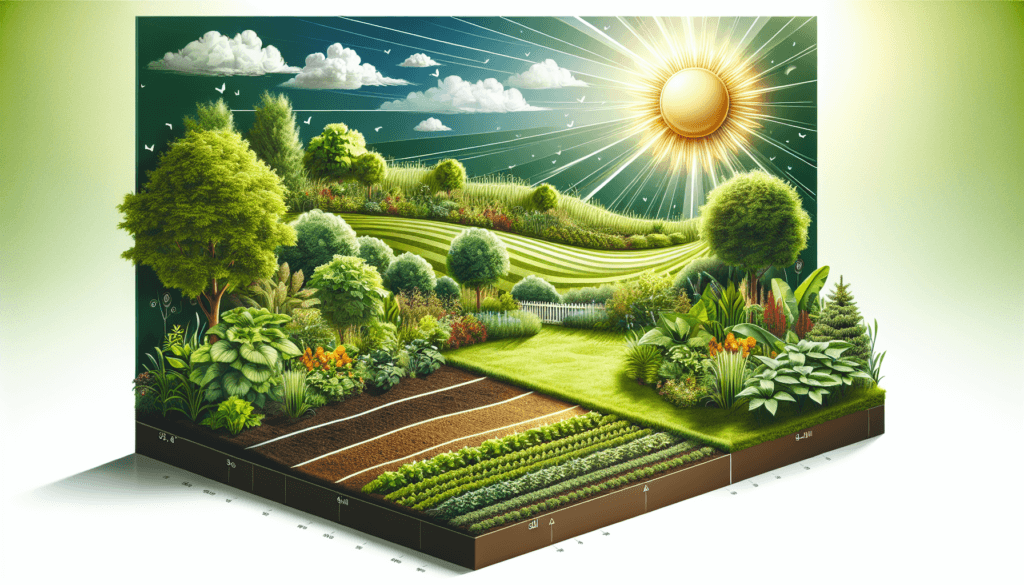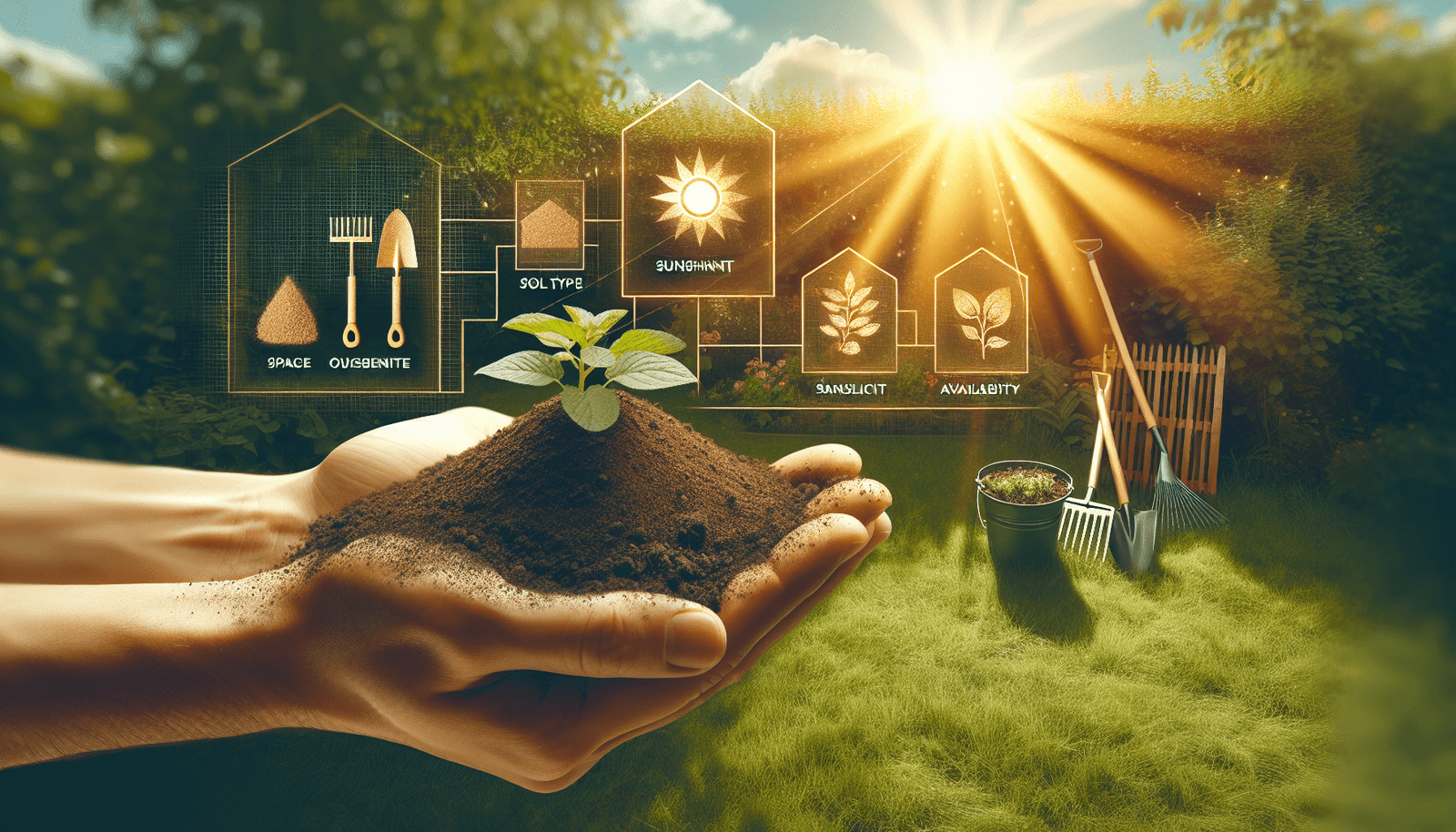Imagine transforming your outdoor space into a lush haven of vibrant colors and flourishing plants. But before you embark on this gardening adventure, it is crucial to consider three key factors that will lay the foundation for a successful garden. From understanding your climate and soil conditions to selecting the right plants for your space, this article will guide you through the essential aspects to consider when planning your dream garden. So, grab your shovel and let’s dive into the world of gardening!
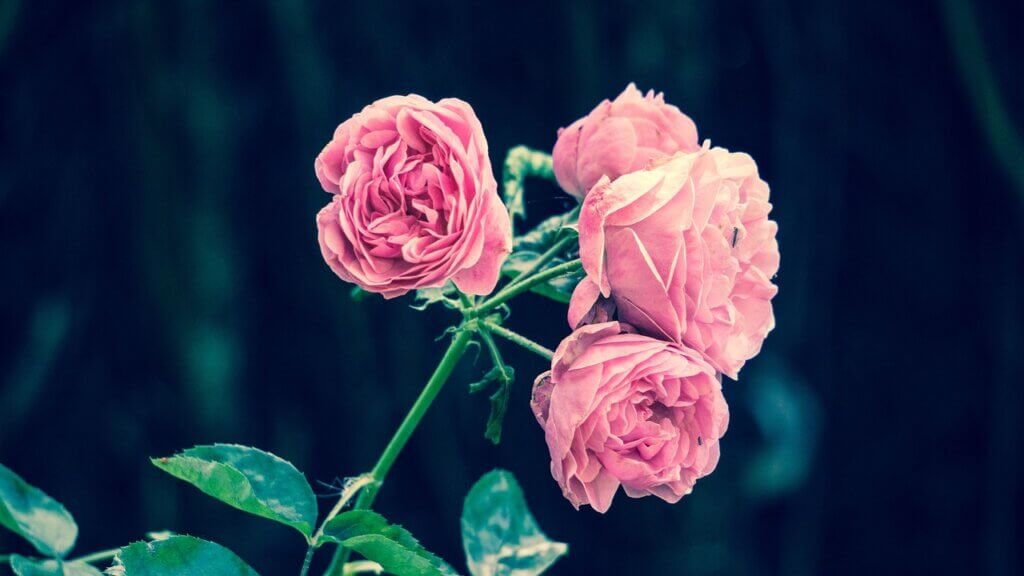
1. Location
1.1 Climate
When planning a garden, one of the first factors to consider is the climate of your location. The climate plays a crucial role in determining what types of plants will thrive in your garden. Some plants prefer hot and dry conditions, while others require cool and moist environments. It’s important to choose plants that are well-suited to your climate to ensure their success and longevity in your garden.
1.2 Sunlight
Another important factor to consider when planning a garden is the amount of sunlight your garden receives. Sunlight is essential for the growth and development of plants, as it provides them with the energy they need to carry out photosynthesis. Different plants have different sunlight requirements, ranging from full sun to partial shade or full shade. Assess the sunlight patterns in your garden to determine which areas receive direct sunlight, which areas are partially shaded, and which areas are fully shaded. This will help you select plants that will thrive in the available sunlight conditions.
1.3 Soil type
The type of soil in your garden is also a key factor to consider in garden planning. Different plants have different soil preferences, and understanding the characteristics of your soil will help you select plants that are well-suited to its composition. The three main types of soil are clay, sandy, and loamy. Clay soil tends to be heavy, retaining water and nutrients but draining poorly. Sandy soil, on the other hand, drains quickly and is relatively nutrient-poor. Loamy soil is a balanced mixture of sand, silt, and clay, offering good drainage and nutrient retention. Knowing your soil type will help you make informed decisions about plant selection and soil amendments to create the optimal growing conditions for your garden.
2. Purpose
2.1 Ornamental gardens
If you’re planning an ornamental garden, the purpose is to create a visually appealing space that enhances the beauty of your outdoor area. Consider the overall aesthetic you want to achieve, whether it’s a formal, structured garden or a more natural, free-flowing design. Choose plants with attractive blooms, foliage, or architectural features that will contribute to your desired garden style. Ornamental gardens often prioritize the aesthetics of the plants over their practical uses, focusing on creating a visually stunning landscape.
2.2 Vegetable gardens
For those planning a vegetable garden, the purpose is to grow edible plants for personal consumption. When designing a vegetable garden, consider the types of vegetables you enjoy eating and the amount of space they require to grow. Ensure that the garden receives adequate sunlight for vegetable production and plan for regular watering and maintenance. Vegetable gardens can be both practical and visually appealing, as many vegetable plants have attractive foliage and vibrant flowers.
2.3 Herb gardens
Herb gardens have the purpose of growing herbs for culinary, medicinal, or aromatic purposes. When planning an herb garden, think about the types of herbs you use most frequently in cooking or for other purposes. Consider their sunlight and soil requirements to ensure optimal growth. Herb gardens can be designed to be decorative and functional, with herbs arranged in a visually pleasing manner while also being easily accessible for harvesting.
3. Design
3.1 Garden style
The design of your garden sets the overall tone and atmosphere of the space. There are various garden styles to choose from, such as formal, cottage, tropical, Japanese, or contemporary. Each style has its own unique characteristics and aesthetic elements, so it’s important to select a style that aligns with your personal preferences and the overall look and feel of your home. The garden style will influence decisions regarding plant selection, layout, and other design elements.
3.2 Layout and pathways
The layout of your garden is an essential aspect of the design. Consider the shape and size of your garden and how you want it to flow. Do you want separate areas dedicated to specific plants or themes, or do you prefer a more open and cohesive design? Pathways can help define different areas within the garden and provide a practical way to navigate through the space. Consider the materials and design of the pathways, ensuring they complement the overall style of the garden.
3.3 Color palette
The color palette of your garden is an important design consideration. Colors can evoke different feelings and emotions, so think about the atmosphere you want to create in your garden. Warm colors like reds, oranges, and yellows tend to create a vibrant and energetic ambiance, while cool colors like blues, purples, and greens create a more calming and serene environment. You can choose a monochromatic color scheme for a more harmonious look or opt for contrasting or complementary colors for a more dynamic and eye-catching display. The color palette also extends to foliage colors, so consider the hues and textures of the leaves when selecting plants.
4. Accessibility
4.1 Ease of maintenance
Consider the level of maintenance you’re willing to commit to when planning your garden. If you prefer a low-maintenance garden, choose plants that require minimal care and attention. Look for varieties that are disease-resistant, drought-tolerant, or have a slow growth rate. Avoid plants that are prone to pests or require frequent pruning. Additionally, plan your garden layout in a way that makes it easy to access and maintain all areas without excessive hassle.
4.2 Water accessibility
Ensure that your garden has access to water for irrigation purposes. Consider the proximity of water sources, such as outdoor faucets or rainwater harvesting systems. If your garden is far from a water source, you may need to invest in irrigation systems, such as drip irrigation or sprinklers, to ensure your plants receive adequate water. Take water availability into account when selecting plants, as some varieties have higher water requirements than others.
4.3 Distance to tools and supplies
When planning your garden, consider the distance between your gardening tools and supplies and the garden itself. It’s essential to have easy access to tools such as shovels, pruners, and watering cans, as well as supplies like mulch, fertilizers, and soil amendments. Keep these items stored in a convenient and organized manner that allows for quick and efficient access. Additionally, consider having a designated storage area for pots, planters, and other gardening equipment to keep your garden area clutter-free.
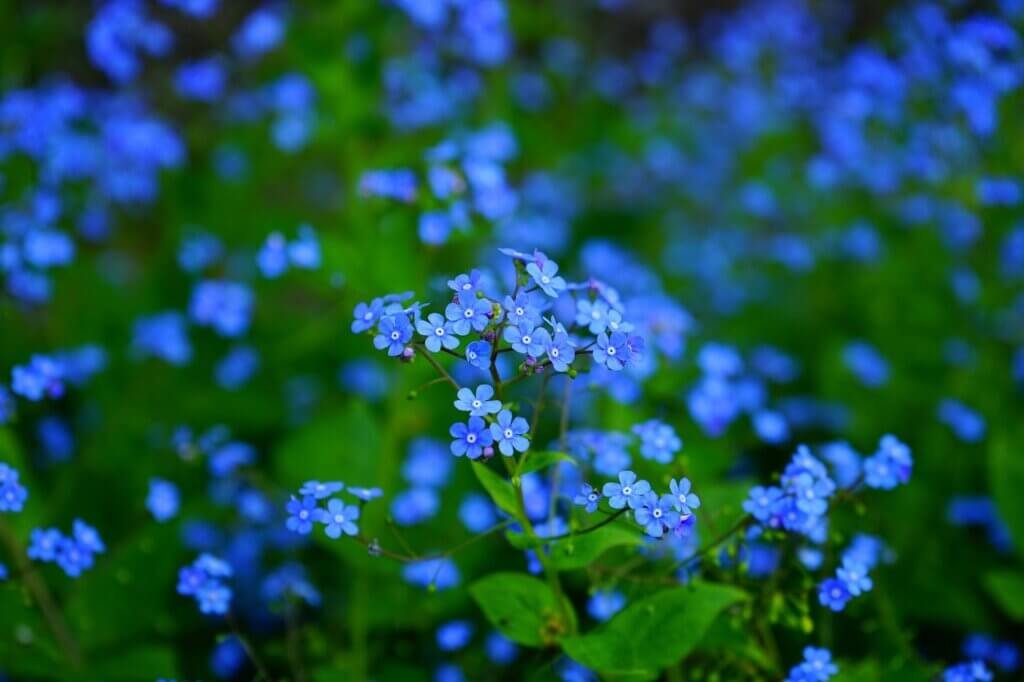
5. Budget
5.1 Initial investment
Gardening can involve an initial investment, so it’s important to determine your budget before starting your garden planning. Consider the costs of plants, seeds, soil amendments, tools, and any necessary infrastructure, such as raised beds or fencing. Research local nurseries and garden centers to compare prices and find the best deals. Prioritize your garden essentials, such as purchasing high-quality soil and investing in plants that will thrive in your specific garden conditions.
5.2 Ongoing costs
In addition to the initial investment, ongoing costs should also be taken into account when planning your garden. Consider expenses such as water bills, fertilizers, pest control measures, and replacement plants if needed. Some plants may require regular fertilizing or pruning, so factor in the cost of materials needed for maintenance tasks. Additionally, consider the possibility of investing in tools or equipment rentals for more significant projects or seasonal tasks.
5.3 Prioritizing expenses
When working with a budget, it’s important to prioritize your garden expenses. Determine what aspects of your garden are most important to you and allocate your budget accordingly. For example, if plant variety and diversity are a priority for you, you may choose to invest more of your budget in a wide range of plants. If you value long-term savings and sustainability, you may choose to invest in water-efficient irrigation systems or composting equipment. Assess your gardening goals and values to guide your expense prioritization.
6. Plants and Species
6.1 Sun and shade preferences
When selecting plants for your garden, it’s crucial to consider their sun and shade preferences. Not all plants thrive in the same sunlight conditions, so matching their preferences with your garden’s available sunlight is essential for their success. Some plants require full sun exposure, meaning they need at least six hours of direct sunlight per day. Others prefer partial shade, thriving with a few hours of direct sunlight and indirect or filtered light for the remainder of the day. Full shade plants thrive in areas with minimal direct sunlight, often in the presence of tall trees or structures that block most light.
6.2 Growth habit and size
Consider the growth habit and size of the plants you choose for your garden. Some plants have a compact growth habit and are suitable for smaller gardens or containers, while others have a sprawling or spreading habit that requires ample space. Ensure that you choose plants that will not outgrow their designated area or overshadow neighboring plants. Take into account both the above-ground and below-ground growth of plants, as some varieties have large root systems that may compete with other plants for nutrients and water.
6.3 Native and non-native plants
When deciding on the plant species for your garden, you have the option to choose between native and non-native plants. Native plants are indigenous to your region and have evolved to thrive in its specific climate and soil conditions. They often require less water and maintenance and provide habitat for local wildlife. Non-native plants, also known as exotic or introduced species, come from other regions and may require more care, water, and attention. Consider incorporating a mix of both native and non-native plants to create biodiversity and attract a variety of pollinators and wildlife.
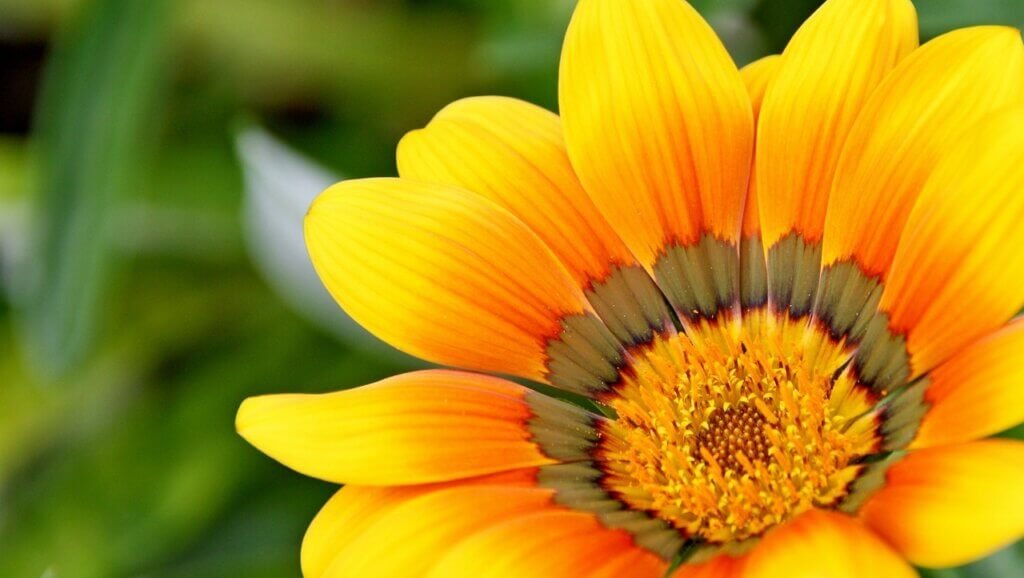
7. Maintenance Requirements
7.1 Watering needs
Understanding the watering needs of your chosen plants is important for their overall health and maintenance. Some plants require consistent and regular watering, while others are more drought-tolerant and can withstand longer periods without water. Consider the water requirements of each plant and group them accordingly to ensure efficient irrigation. Implement watering techniques such as drip irrigation or mulching to minimize water loss through evaporation and direct water to the root zone where it is needed most.
7.2 Pruning and trimming
Regular pruning and trimming help maintain the shape and health of your garden plants. Some plants require frequent pruning to promote growth and flowering, while others may need occasional trimming to control their size and shape. Invest in a good pair of pruning shears or secateurs and learn proper pruning techniques for different types of plants. Regularly inspect your plants for any dead, damaged, or diseased branches and remove them promptly to prevent the spread of diseases or pests.
7.3 Soil amendments and fertilizers
Soil amendments and fertilizers are often necessary to ensure the nutrient content and overall health of the soil in your garden. Regularly test your soil to assess its pH levels and nutrient deficiencies. Based on the results, add organic matter, such as compost or well-rotted manure, to improve the soil structure and fertility. Additionally, consider the use of slow-release or organic fertilizers to provide essential nutrients to your plants. Avoid over-fertilizing, as this can lead to nutrient imbalances and negatively impact plant growth.
8. Time Commitment
8.1 Gardening tasks
Gardening requires time and commitment, so it’s important to assess your availability and willingness to dedicate time to your garden. Different plants and garden types require varying levels of maintenance, such as watering, pruning, weeding, and harvesting. Consider the time required for each task and determine how frequently you can commit to them. If you have limited time, opt for low-maintenance plants and automated irrigation systems to minimize the time spent on routine gardening tasks.
8.2 Seasonal variation
Keep in mind that gardening tasks vary across the seasons, so plan accordingly. Different plants have different seasons of growth and dormancy, and each season may require specific care and maintenance. Spring and summer are typically the busiest seasons for gardening, with more frequent watering, weeding, and harvesting. Fall may involve preparing the garden for winter and planting cool-season crops, while winter is often a time for cleanup and planning for the upcoming year. Be mindful of the seasonal variations in gardening tasks when planning your garden.
8.3 Planting and harvesting schedules
Consider the planting and harvesting schedules of the plants you choose for your garden. Some plants have long growing seasons and mature slowly, while others have shorter growth cycles and can be harvested more frequently. Plan your garden layout to accommodate the different planting and harvesting times, ensuring that each plant has adequate space to grow and mature. If you’re growing a variety of vegetables or herbs, stagger their planting to ensure a continuous supply of fresh produce throughout the growing season.
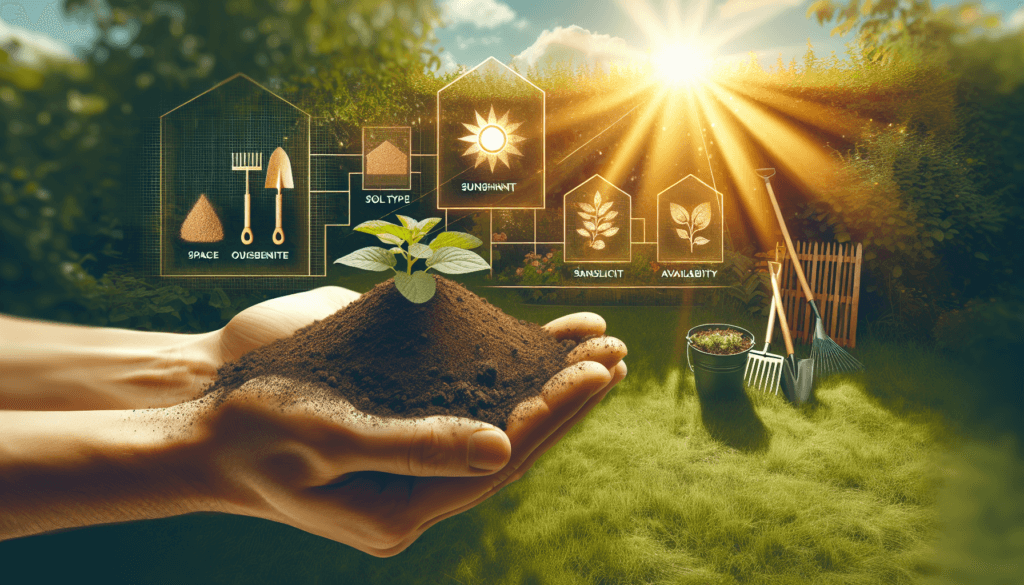
9. Wildlife and Biodiversity
9.1 Attracting pollinators
Gardens play a crucial role in supporting pollinators, such as bees, butterflies, and hummingbirds. Consider incorporating plants that attract these beneficial insects and birds into your garden. Choose nectar-rich flowers, such as zinnias, lavender, and bee balm, that provide food sources for pollinators. Avoid using chemical pesticides and herbicides, as they can harm pollinators. Providing a water source, like a shallow birdbath or a small pond, can also attract various wildlife species to your garden.
9.2 Creating habitats
A well-planned garden can provide habitats for a variety of wildlife, contributing to the overall biodiversity of the area. Consider including features such as birdhouses, nesting boxes, or bat houses to provide shelter for birds or bats. Install a small pond or water feature to attract frogs, toads, and other water-loving creatures. Incorporate rocks, logs, or brush piles to create hiding places for insects, reptiles, and small mammals. By creating diverse habitats, you can encourage a range of wildlife to visit and reside in your garden.
9.3 Managing pest populations
Garden pests can negatively impact the health and productivity of your plants. Rather than relying solely on chemical pesticides, which can harm beneficial insects and the environment, consider implementing integrated pest management (IPM) techniques. IPM involves a combination of preventive measures, such as proper plant selection and regular plant inspections, as well as cultural, mechanical, and biological controls. Encourage natural predators, such as ladybugs or praying mantises, that feed on garden pests. Use physical barriers, such as row covers or netting, to protect susceptible plants from pests. By managing pest populations in an environmentally friendly way, you can maintain a healthy garden ecosystem.
10. Personal Preferences and Lifestyle
10.1 Favorite plants and flowers
When planning your garden, consider your personal preferences regarding plants and flowers. Think about the types of plants that bring you joy and happiness. Do you have any favorite flowers that you would love to see blooming in your garden? Incorporate these plants into your garden design to create a space that reflects your personal taste and brings you a sense of fulfillment and contentment.
10.2 Garden themes or motifs
If you have a specific theme or motif in mind for your garden, incorporate it into your planning. Garden themes can range from formal to informal, tropical to English cottage, or even whimsical to minimalist. Consider the elements of the theme, such as specific plant types, color schemes, or decorative features, and design your garden around them. Having a cohesive theme in your garden creates a harmonious and visually appealing space that reflects your style and personality.
10.3 Integration with outdoor activities
Think about how you can integrate your garden with other outdoor activities that you enjoy. If you love cooking and entertaining, consider incorporating a kitchen or dining area into your garden design, surrounded by fragrant herbs and edible plants. If you enjoy reading or relaxation, create a cozy seating area shaded by trees or in a quiet corner of your garden. By merging your garden with your favorite outdoor activities, you can maximize your enjoyment of both while creating a seamless and inviting outdoor living space.
In conclusion, planning a garden involves considering various factors to create a thriving and aesthetically pleasing outdoor space. Assessing the climate, sunlight, and soil conditions of your location is crucial for selecting suitable plants. Determine the purpose of your garden, whether it’s ornamental, vegetable, or herb-focused, to guide your plant selection and design choices. Consider the garden style, layout, and color palette to create a cohesive and visually appealing atmosphere.
Accessibility is another key factor, with ease of maintenance, water accessibility, and proximity to tools and supplies being important considerations. Think about your budget, both the initial investment and ongoing costs, and prioritize expenses based on your gardening goals and values. Consider the sun and shade preferences, growth habits, and native/non-native classification of the plants you choose to create a diverse and sustainable garden.
Be prepared for the maintenance requirements of your garden, such as watering, pruning, and soil amendments. Evaluate the time commitment required for gardening tasks, as well as the seasonal variations and planting and harvesting schedules. Foster wildlife and biodiversity by attracting pollinators, creating habitats, and managing pest populations in a sustainable manner. Lastly, personalize your garden to reflect your preferences and lifestyle, incorporating your favorite plants, themes, and integration with outdoor activities.
By taking these factors into account and carefully planning your garden, you can create a beautiful and enjoyable outdoor space that brings you satisfaction, relaxation, and a connection with nature. Happy gardening!
